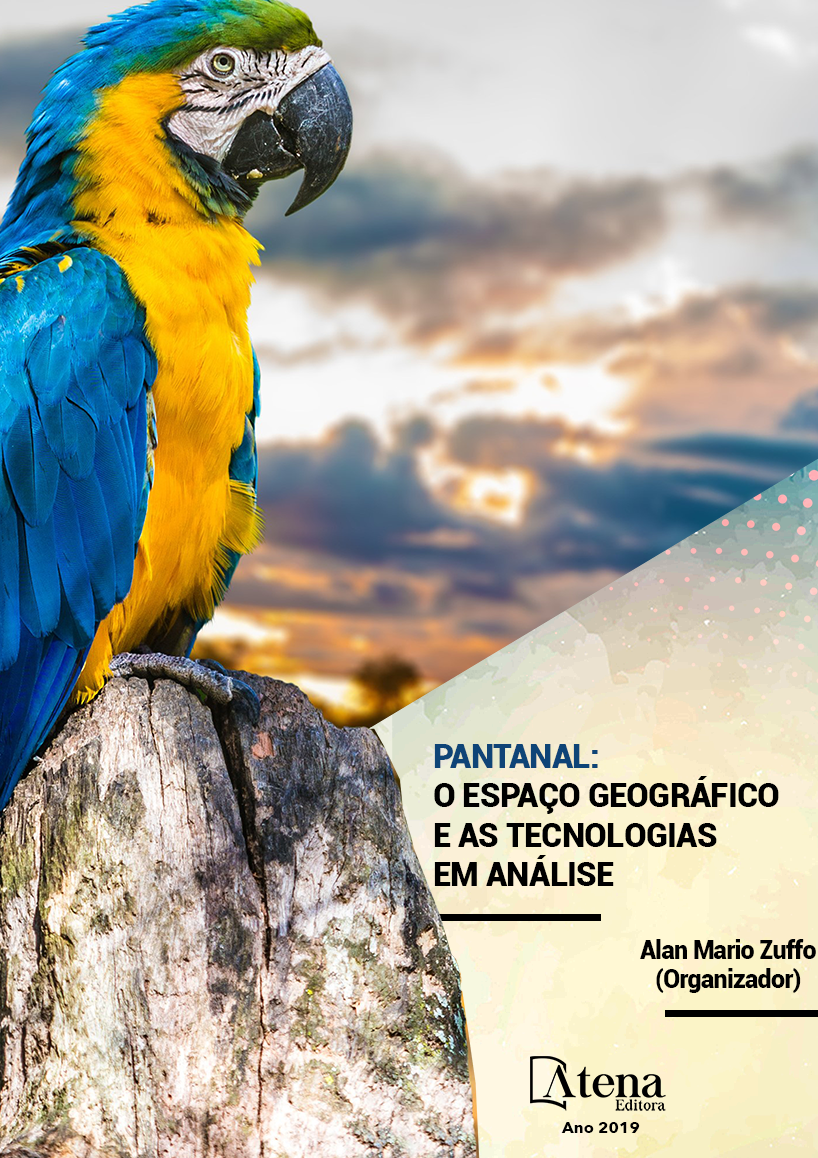
Distribuição da Pluviometria, NDVI e Umidade do Solo nos Biomas Brasileiros
A umidade do solo é uma variável
importante na caracterização de ambientes,
uma vez que ela depende de fatores como tipo
de solo, relevo, temperatura do ar, pluviometria,
uso do solo, dentre outros. Por outro lado, o
estudo da umidade do solo por si só já contribui
para previsões mais acuradas do clima, sendo
uma variável chave nos modelos de inundação e
deslizamentos de terra, assim como processos
de desertificação e um gerenciamento mais
efetivo do balanço hídrico local e regional, além
do monitoramento da saúde da vegetação e
dinâmica ecossistêmica. Neste artigo buscouse responder a seguinte questão: As diferenças
entre os biomas podem ser caracterizadas
pelos dados climáticos e pelo comportamento
do índice de vegetação? Para isto, foram
utilizadas imagens orbitais de umidade do solo
do satélite Soil Moisture Active Passive - SMAP,
índice de vegetação de diferença normalizada
– NDVI do satélite MODIS e pluviometria do
satélite Global Precipitation Measurement –
GPM. Os dados foram coletados, organizados,
processados e as informações tabeladas para
posterior análise. Considerou-se como recorte
temporal o período de abril de 2015 a julho de
2016 para todo o território nacional. As análises
foram feitas com base na divisão por biomas.
Os resultados sugerem que é possível verificar
uma diferença quantitativa entre as variáveis
analisadas para o período proposto, no entanto,
não foi possível afirmar se essas diferenças se
mantêm ao longo dos anos.
Distribuição da Pluviometria, NDVI e Umidade do Solo nos Biomas Brasileiros
-
DOI: 10.22533/at.ed.2271929039
-
Palavras-chave: SMAP, Umidade do solo, Biomas, NDVI.
-
Keywords: SMAP, Soil Moisture, Biomes, NDVI.
-
Abstract:
Soil moisture is an important
variable in the environments characterization,
since it depends on factors such as soil type,
relief, air temperature, rainfall, soil use, among
others. Still, the study of soil moisture, alone
contributes to more accurate climate predictions, being a key variable in flood and
landslide models, as well as desertification processes and more effective management
of the local water balance and Regional, as well as the monitoring of vegetation health
and ecosystem dynamics. In this article we tried to answer the following question:
Can the differences between the biomes be characterized by the climatic data and the
behavior of the vegetation index? Soil orbital images of Soil Moisture Active Passive -
SMAP, normalized difference vegetation index - NDVI of MODIS satellite and rainfall of
Global Precipitation Measurement (GPM) satellite were used. The data were collected,
organized, processed and the information tabulated for later analysis. The period from
April 2015 to July 2016 was considered as a temporal cut-off for the all national territory.
Was analyzes realized by biome division. The results suggest that it is possible to verify
a quantitative difference between the analyzed variables for this proposed period;
although it was not possible to state if these differences are maintained over the years.
-
Número de páginas: 15
- Nilson Clementino Ferreira
- Wellington Nunes Oliveira
- Victor Tomaz de Oliveira
- Kátia Alcione Kopp
- Hugo José ribeiro


